Contact
Marie Rhodin
Researcher, Senior Lecturer at the Department of Anatomy, Physiology and Biochemistry (AFB)
Telephone: 018-672194
E-mail: marie.rhodin@slu.se
Our research is centered around three main themes: applied biomechanics to investigate asymmetries in movement, evaluation of pain using subjective and objective methods and the exploration of artificial intelligence for more effective and faster diagnosing with the help of machine learning and computer vision.
Movement analysis of Icelandic Horses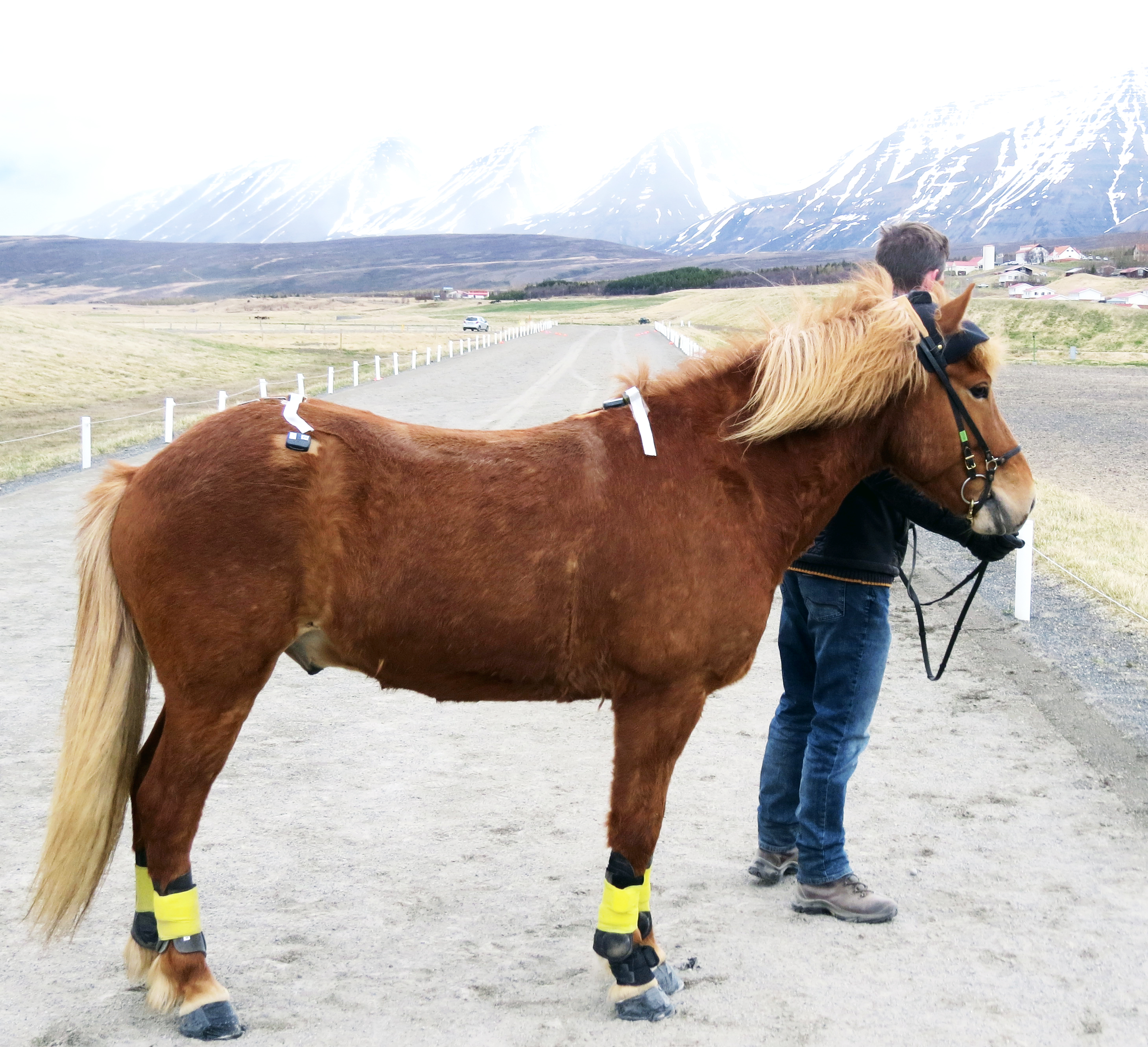
As of now, there is no knowledge of how we can best detect lameness in gaits other than walk and trot. Objective motion analysis, using sensors or camera technology, can only be used to analyse the equine trot. Consequently, a gait analysis of the Icelandic horses can be a big challenge as it is often most difficult to see if the horse is lame and from which leg the lameness originates from. Click here to read more.
Lameness or laterality - when does asymmetry matter?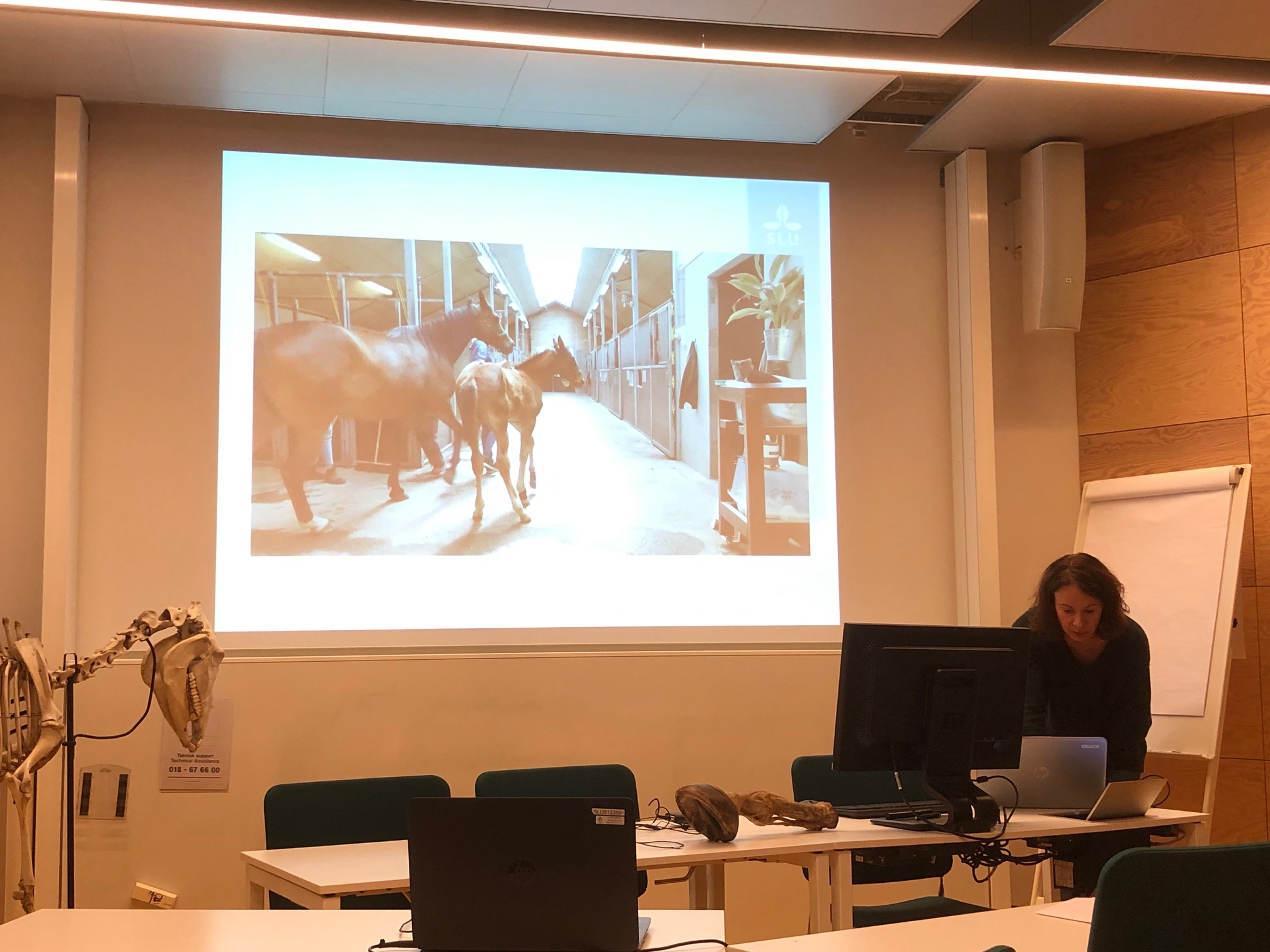
Lameness in animals is the most obvious sign of orthopaedic pain that animals cannot verbalise. Asymmetries of vertical movement, laterality, of different body components is useful measurement of lameness. The question is, is such an asymmetric movement pattern always caused by or can it sometimes be due a natural congenital laterality? Therefore, we wish to study the relation between motion asymmetries, motor laterality and lameness starting with foals. Click here to read more.
Patellartendinosis: an equine pathology?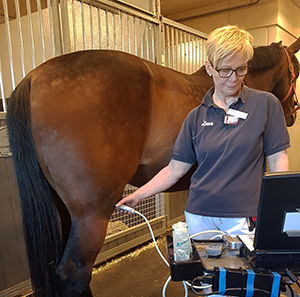
Soft tissues around the kneecap (patella) as a cause of equine lameness is an area yet to be scientifically investigated but that is often clinically treated with “alternative” methods without an established diagnosis.In human medicine, patellar tendinosis is a common verified diagnosis. Degenerative changes with pathological neovascularization and nerve ingrowth into the patellar tendon is believed to be the pain origin, not inflammation. Veterinary literature is scant on comparative pathology, innervation of soft tissue surrounding the stifle, and diagnostics. Click here to read more.
Classification of complex movement patterns using computer vision and machine learning 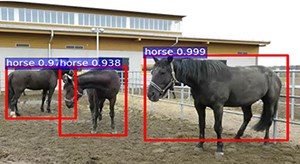
With the help of international, interdisciplinary research collaborations, we are developing smart technology that can be used to facilitate early and correct diagnosis of diseases in large animals.Such an automated recognition of pain can subsequently open the road for automated recognition of pain in a number of other relevant species, including cattle, swine and rodents. Click here to learn more.
Movement asymmetries in sound and lame riding horses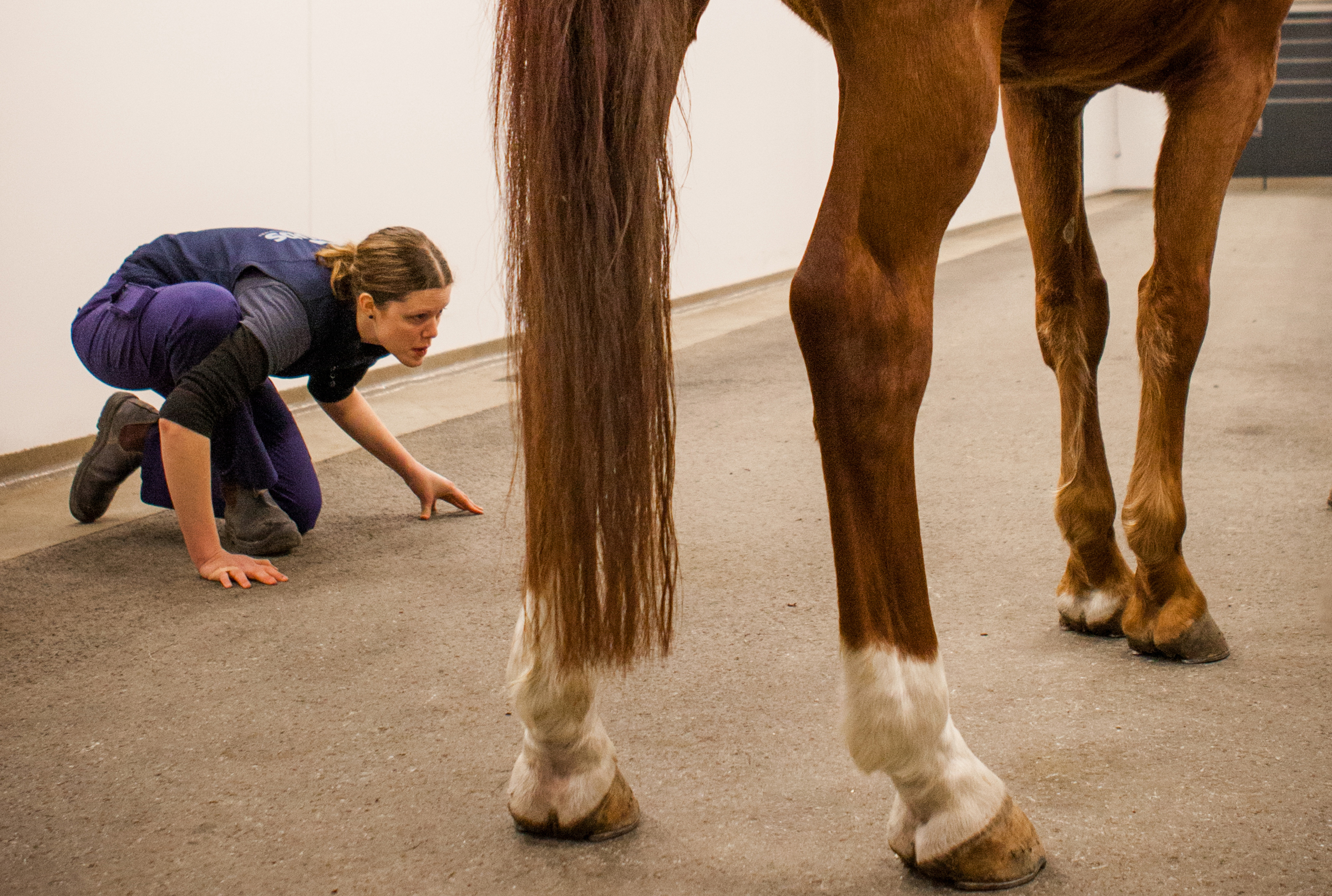
Lameness is a major problem in our riding horses. Today, it is the most common presenting complaint in horses being examined by veterinarians. However, it has been shown that many horses that are deemed as healthy – and have subsequently not been treated for lameness recently – still display asymmetric movement patterns to the same degree as low degree lameness cases that we see and treat in the clinic. Click here to read more.
Does it hurt? Identifying orthopedic pain in large animals 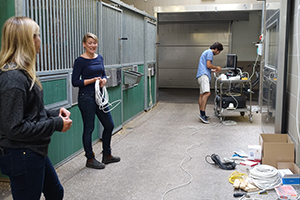
Orthopedic pain contributes to suffering and decreased welfare in large animals. Lameness in large animals is considered to be the major clinical sign of orthopedic disorders.With the help of the latest advancements in objective movement analysis systems and new methods in identifying pain behaviours, we wish to better understand the connection between irregular movement patterns and pain. Click here to read more.
Monitoring of motion symmetry in young horses during training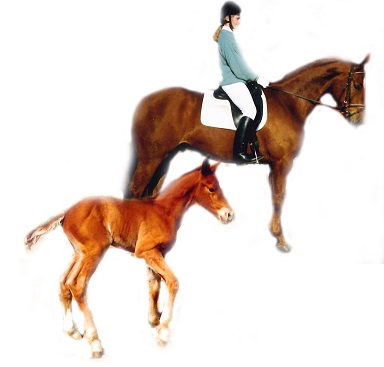
Researchers have noted that many horses that train and compete move with an asymmetric movement pattern. Today, we do not know whether such asymmetries are pain-triggered and caused by the exercise or if they can be a natural variation. This is a unique opportunity to study and gather important knowledge about when asymmetries occur and how they develop over time. Click here to read more.
Marie Rhodin
Researcher, Senior Lecturer at the Department of Anatomy, Physiology and Biochemistry (AFB)
Telephone: 018-672194
E-mail: marie.rhodin@slu.se